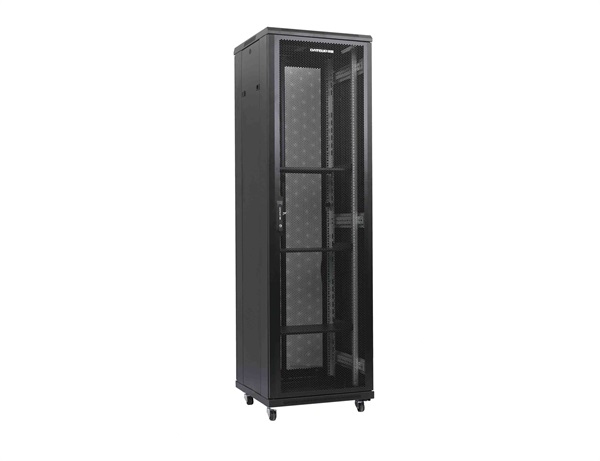News
Site Editor
 Site
https://leonetworkgroup.usa18.wondercdn.com/uploads/image/5fe152faa587d.png
Coaxial cable is commonly used for transmitting TV signals, internet and phone connections to our homes. It consists of a copper conductor, an insulating layer, a metal shield, and an outer jacket. Over time, this cable can become damaged, which can lead to signal loss or interference. In this article, we'll look at how to test coax cable for signal and identify potential issues.1. Check the conne
Site
https://leonetworkgroup.usa18.wondercdn.com/uploads/image/5fe152faa587d.png
Coaxial cable is commonly used for transmitting TV signals, internet and phone connections to our homes. It consists of a copper conductor, an insulating layer, a metal shield, and an outer jacket. Over time, this cable can become damaged, which can lead to signal loss or interference. In this article, we'll look at how to test coax cable for signal and identify potential issues.1. Check the conne
How To Test Coax Cable For Signal
Views: 376
Author: Site Editor
Publish Time: 2023-07-13
Origin: Site
Coaxial cable is commonly used for transmitting TV signals, internet and phone connections to our homes. It consists of a copper conductor, an insulating layer, a metal shield, and an outer jacket. Over time, this cable can become damaged, which can lead to signal loss or interference. In this article, we'll look at how to test coax cable for signal and identify potential issues.
1. Check the connectors
The first step in testing coax cable for signal is to check the connectors. These are the plugs at the end of the cable that connect to the TV, modem or other device. Look for loose or damaged connectors, corrosion, or bent pins. A damaged connector can cause signal loss or interference, so they need to be properly tightened and secured.
2. Test the cable continuity
To check if the cable is okay, test its continuity using a multimeter or continuity tester. Connect the probes to each end of the cable and check if there is a complete electrical circuit. If not, the cable may have a break or a poor connection somewhere along its length that needs fixing. If there's no continuity, you can also use a cable tester to check its condition.
3. Measure signal strength
The next step in testing coax cable is to measure its signal strength. This will require a signal strength meter or a cable signal analyzer. A meter helps to detect the amount of signal present and its frequency range. Connect the meter to the cable and look at the readings. A healthy cable should have a signal strength between the acceptable range. The meter should also show the amount of noise in the signal, which can indicate a cable issue or a problem with the signal source.
4. Test the cable insulation
Another aspect to check is the insulation of the coax cable. A damaged insulation can cause signal loss or interference, which makes it important to test. Use a megohmmeter to measure the insulation resistance of the cable. Connect one lead to the center conductor and the other to the outer shield. A healthy cable will have a high resistance, indicating good insulation properties.
5. Make visual inspection
Finally, make a visual inspection of the cable. Look for physical damage, such as cuts, kinks, or abrasions. These can lead to signal loss or interference, which needs to be fixed. Also, make sure the cable is the correct type for the application, as using the wrong type can cause signal issues.
Conclusion
By following these steps, you can test coax cable for signal and identify potential issues. When testing, take the necessary precautions, such as turning off the power and using proper tools. Keep in mind that a healthy coax cable can ensure clear and reliable signal transmissions, while a damaged one can affect the quality of the signal. So, take the necessary steps to keep your cable in good condition and enjoy uninterrupted signals.
If you want to know more about industrial network cabinet,china fiber optic splice closure,china fiber optic distribution box,please consult the fiber optic splice closure factory









